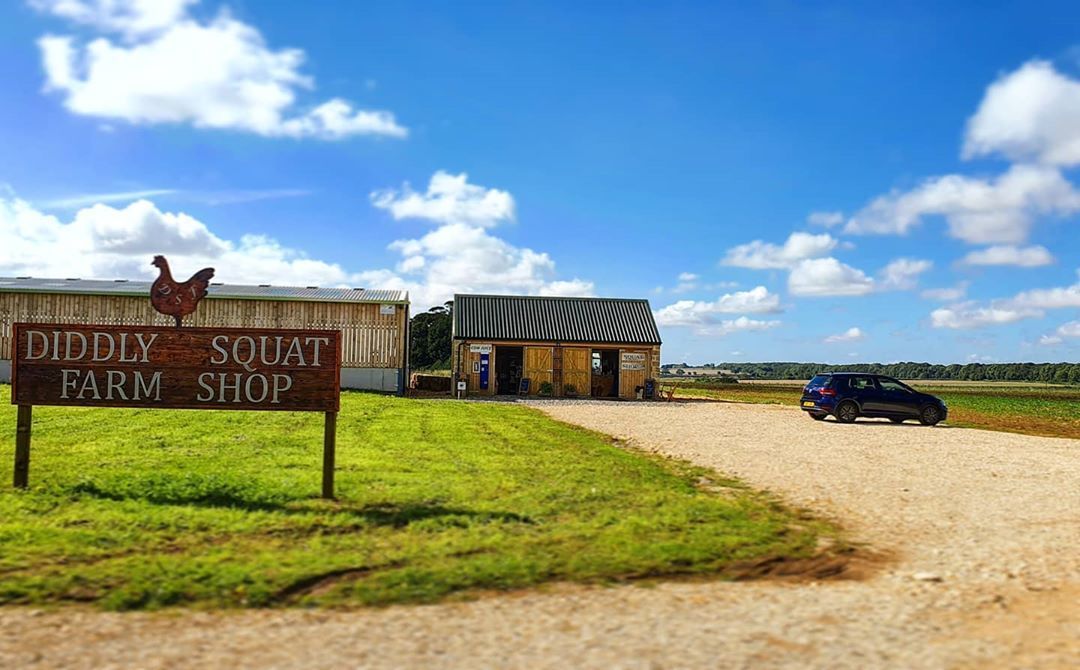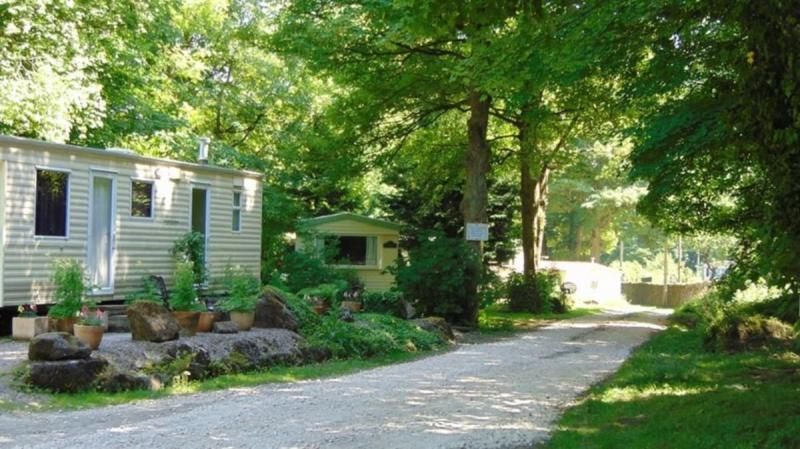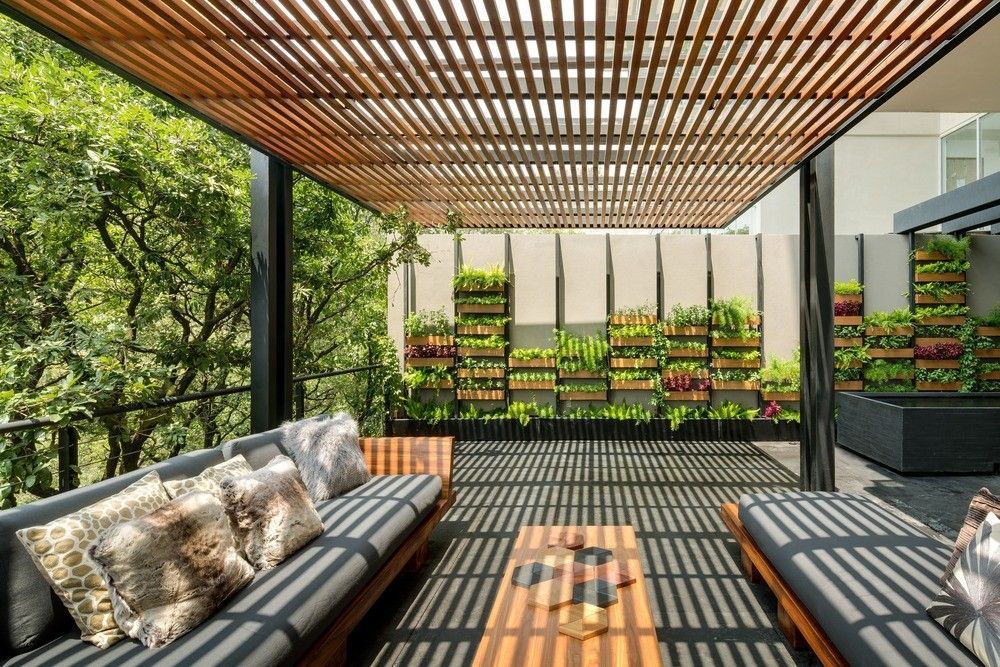Expediency
websitebuilder-hub • 16 September 2019
So what does ‘expedient’ actually mean?
As enforcement officers we have all used the term ‘expediency’ when assessing whether or not to take formal action against a breach of planning control. The term expediency is used within Section 172(1) of the Act which sets out that a local planning authority may issue an enforcement notice where it appears to them:
- that there has been a breach of planning control; and
- that it is expedient to issue the notice, having regard to the provisions of the development plan and to any other material considerations.
So what does ‘expedient’ actually mean? Are you able to explain the term without looking it up? No, me neither! Once you have looked up what it means, continue reading…..
The matter of expediency has recently come into focus through Birmingham MP Steve McCabe who has brought forward to the House of Commons the Protection of Family Homes (Enforcement & Permitted Development) Bill. The first reading of the Bill, which has cross party support, can be seen here (http://parliamentlive.tv/event/index/744602c3-74fd-40d2-a353-19510c434146?in=12:41:55).
The main aims of this Bill will:
- Require the DCLG to produce clearer guidance for Planning Authorities on when enforcement action should be taken, and local authorities will need to produce an enforcement plan.
- Introduce a right of appeal when a planning authority decides it is not ‘expedient’ to take enforcement action
- The Bill will also set out the requirement for extensions built under permitted development to be independently checked against building regulations to ensure they are safe to live in
- Introduce new powers for planning authorities to fine developers who breach planning law as a deterrent when enforcement action is not considered ‘expedient’.
Whilst any debate around the topic of planning enforcement is always welcome, I am not convinced that the content of the Bill will in any way aid enforcement officers in their day to day work, in fact it may even prove to be a hindrance, especially with the proposed right to appeal a decision not to take action. I am also slightly puzzled as to how a local authority would fine a developer when it is not considered expedient to take enforcement action given that it a well-established principle that enforcement action should be remedial rather than punitive.
With that in mind the government does seem to now be taking a harder line on planning enforcement with the introduction of the planning enforcement fund for planning injunctions and the recently announced £5m pot to tackle the continuing problem of beds in sheds.
The second reading of the Bill is scheduled for 26th January 2016. It will be interesting to see how these proposals progress and whether this is the beginning of a shift in policy towards enforcement action being punitive rather than just remedial in certain cases.
Article written by:
Neill Whittaker

Given its portrayal of the planning system so far, it is almost a given that season 3 of Clarkson’s Farm will not accurately present the detail of the Diddly Squat appeal decision. Here is our take. The decision is here. In summary, the LPA won almost all of the enforcement points. But simply being Jeremy Clarkson is apparently a material consideration which alters the planning balance! While he is popular, his celebrity is such that his farm shop will create significant problems beyond those of an ordinary farm shop and the inspector decided that these are problems which have already been accepted in granting his existing permission. Fewer of the harms to the AONB can therefore be attributed to the additional elements of the use. And these harms are outweighed by the economic benefits, benefits which are a result of his celebrity. So permission was granted for his farm shop and café and the associated parking and toilets. Clarkson’s popularity will be re-assessed in 3 years as the permission is time limited. Perhaps the inspector knows something we don’t. As viewers will know, Clarkson’s Farm operates in open countryside in an AONB. As well as agriculture, it has diversified to include a farm shop and a café in a lambing barn. The business tried to open a restaurant in a converted barn located some distance from the shop. The site is obviously used as a filming location. The business has proved popular and it now has significant parking and highway problems. The farm shop (with limited parking) has permission, the construction of the lambing barn (but not its use) has permission and there is permission for limited filming. The council enforced against the material change of use of the land to a mixed agricultural and leisure attraction use, comprising café, restaurant, gift/farm shop, parking and lavatory facilities. The notice was appealed. The appellant also sought (and was refused) permission for additional parking, access, storage and landscaping. This appeal was heard alongside the enforcement appeal. The inspector dealt first with the planning unit. The appellant alleged that there were three separate planning units (shop, café, restaurant), with each having a separate primary use. The council had enforced against a single unit in a mixed use. The inspector took into account that the shop/café was in a different ownership to the farm and that it had its own permission. But its activities clearly spilled out of the permitted area, extending to the proposed restaurant and the wider parking areas. The restaurant used the same parking as the shop. These were fenced/walled off from the remainder of the farm. He concluded that there was a single planning unit. As for the use of that planning unit, the inspector took issue with several items listed by the council. “Gift shop” was too ambiguous; a shop is a shop. Similarly, while visitors no doubt came for the experience, the business was not a “leisure attraction”. A leisure attraction required, said the inspector, something which the customer might be expected to pay for. There was no entrance fee here, just a shop and café. (It appears that the inspector was also concerned that any permission for a “leisure attraction” would create a very wide lawful use.) Nevertheless, there were several primary uses in a single unit so the development was a mixed use, in this case a “mixed use comprising agriculture, café, restaurant, farm shop, parking, lavatory facilities.” This put paid to the ground (b) and (c) challenges. The challenge was that the restaurant was a separate planning unit. As it was in the curtilage of the lawful farm shop, the appellant said that Class R permitted a change of use to a flexible use including a restaurant. In the light of his conclusion on the planning unit, the inspector rejected this. He said he would have rejected the Class R argument anyway as the restaurant was not clearly within the curtilage of the farm shop. The remainder of the uses cited in the notice were also challenged on the grounds that they were ancillary to the lawful farm shop use and not primary uses. The inspector concluded that, as the restaurant resulted in a mixed use, there had been a material change of use so it was irrelevant whether the other items were ancillary. As an aside, viewers of the series will recall the scripted glee with which the appellant came up with the “PD loophole” for his restaurant. It is fitting, therefore, that it was the restaurant which was the primary reason the breach was upheld. The inspector nevertheless looked at the extent to which the various alleged ancillary elements (other than the restaurant) were part of the lawful use prior to the breach. This was relevant to the fallback but also to what the extent of the material change of use truly was. He identified that the question was whether any of the elements represented a change in the character of the use. The inspector found that the level or vehicle traffic and parking went far beyond that for which permission had been given. And that the lambing shed was clearly not “by any stretch of reasonableness” being used for the purpose for which it was given permission. Even the toilet facilities went beyond what would be expected for the permitted farm shop. This was not intensification, it was a material change in the character of the use. The LPA even won the merits arguments on ground (a). The number of visitors, the traffic and parking problems, the outdoor seating, catering van and toilets clearly had an adverse effect on the AONB. The parking and landscaping proposed under the s78 application would have a similar effect. This had great weight. In the end though, permission was granted for the mixed use, including the use of the lambing shed as a café and the enforced against parking and toilets. Permission was granted under the s78 appeal for altered parking, storage and landscaping. Only the restaurant was refused. The inspector found that the parking would alleviate the current parking situation and highway safety even though it would not provide a complete solution. He accepted that a number of local suppliers benefited from trading arrangements with the shop and that the shop contributed to the local economy. He accepted that diversification was to be supported. These considerations also had great weight. Key to the decision, though, was the fact that permission had been granted, not just for a farm shop, but for a celebrity’s farm shop. Even if there was no café or restaurant, the popularity of the appellant was such that people would continue to visit the shop in numbers. This reduced to moderate the harm to the AONB caused by the new elements of the use because the permitted use already resulted in significant harm. The appellant’s celebrity might wane. In which case, the weight of the considerations in favour of the development would wane. The permission granted was therefore time limited to 36 months. The decision is well reasoned and fairly logical. The inspector did not say that the character of the use already permitted varied with the identity of the user. But the result seems to imply that the harms associated with the use could vary and that the LPA had accepted them all in granting permission. Yet it is difficult to think that the LPA could successfully have imposed conditions on the farm shop based on the identity of the applicant. The result is therefore troubling.
























